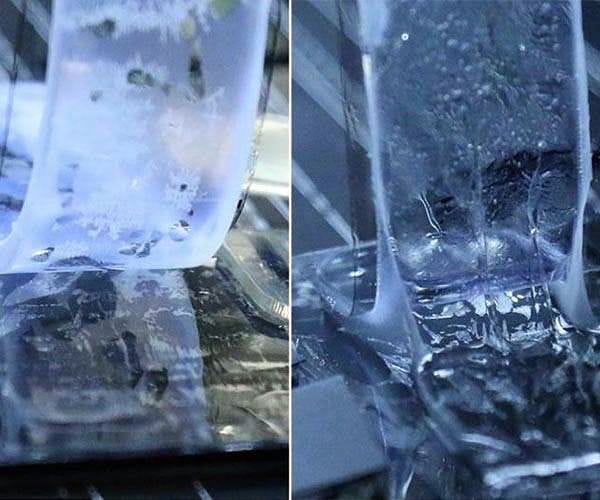
I’m reading about an interesting new process for bonding soft materials that may have an application for 3D printing.
It’s envisioned that devices will be increasingly produced using soft materials. Soft robots, for example, has become an entire subfield of the robotic industry, where highly flexible robots can take on tasks unachievable by their rigid counterparts.
Some portions of these machines could be made from soft materials, rather than creating flexibility through hinge mechanisms. However, there are many challenges in making robots with soft parts, and perhaps the most notable is the method of attaching different soft parts to each other.
Bolts and similar rigid attachment schemes are often not applicable to soft parts, so glue is used instead. However, it seems that glue techniques have some restrictions that complicate the manufacturing process.
Now researchers from Harvard have developed a new method of chemically bonding soft materials. They focused on the two most important soft materials, hydrogels and elastomers. They’re of interest because hydrogels are conductive, whereas elastomers are not.
It seems that their method is applicable to 3D printing as the process involves deposition of a special material on the surface of those two substances. I suspect this could be integrated into a 3D printer by adding a specialty deposition head, for example.
If this process can be made commercially viable, and 3D design software catches up, we might in the future see new types of 3D printers capable of producing whole soft machines.
And what could they do? I don’t know, but it is certainly going to be very interesting.
Via Space Daily

